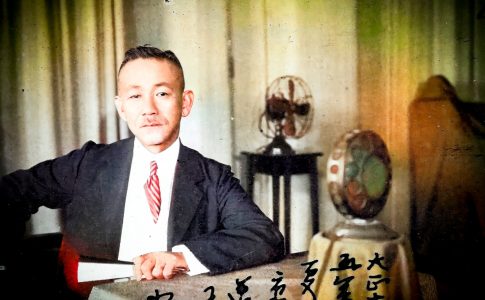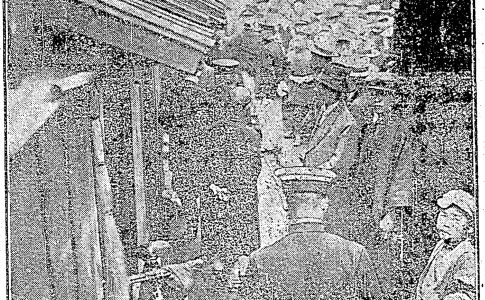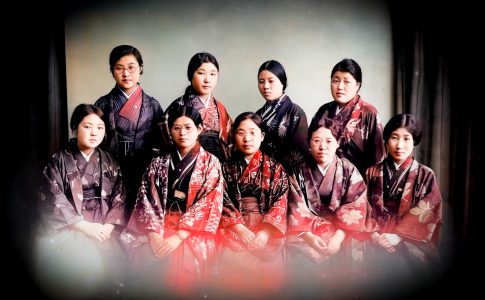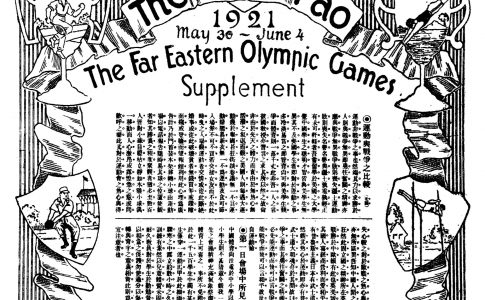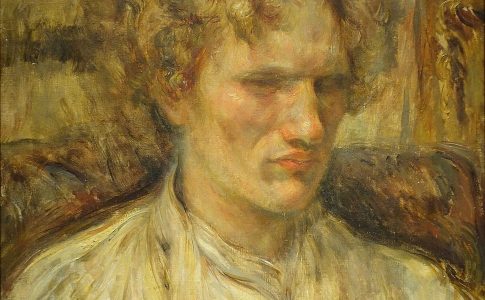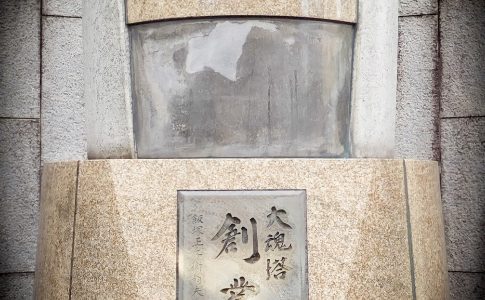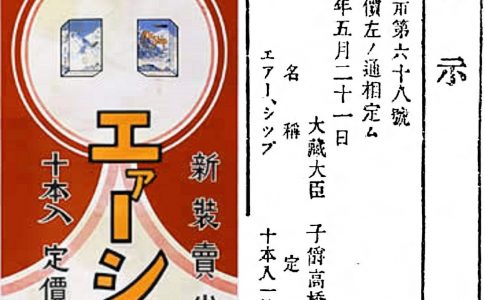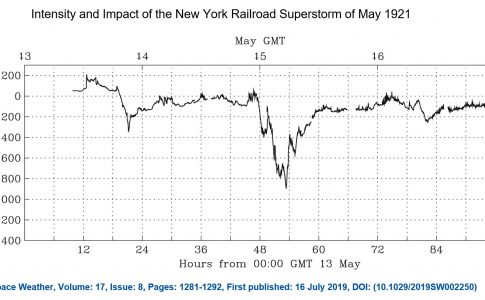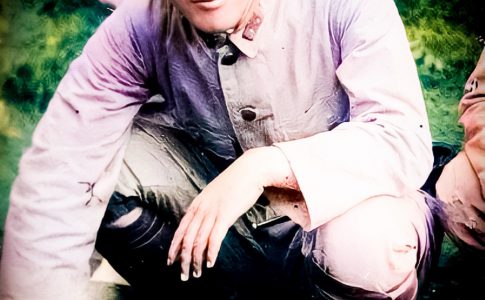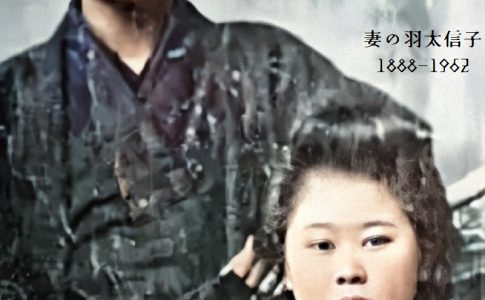Saturday, June 4, 1921: Sazanami IWAYA cerebrates 30-year anniversary.
On Saturday, June 4, 1921 (Taisho 10), Sazanami IWAYA, a scholar of children’s literature, held a performance at the Teikoku Gekijo Theater to commemorate 30 years of his career as a writer. The program was “Hachi no ki” (The Tree of a Pot), and it was a great success with families. Iwaya was born in 1870 (Meiji 3). His real name was Sueo IWAYA. His father, Ichiroku IWAYA, is a famous bureaucrat, a member of the House of Peers and a famous calligrapher. It is said that Sazanami Iwaya was interested in children’s literature through her brother, Ryutaro Iwaya, who was studying in Germany, and the book titled “Otto’s fairy...

